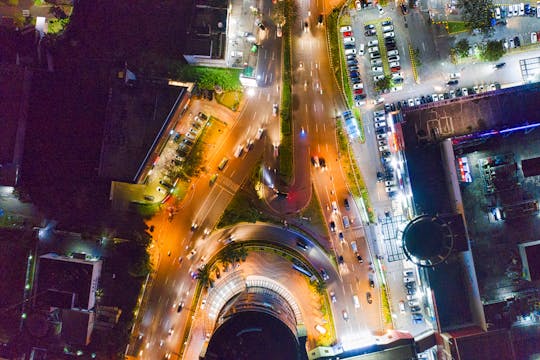In the realm of architectural marvels, few innovations manage to blend functionality with aesthetic appeal as seamlessly as retractable roof systems. These structures, often found in stadiums, outdoor venues, and even residential spaces, offer a unique solution to the age-old challenge of weather control while preserving an open-air atmosphere. Let’s dive into the world of retractable roof systems and explore their significance, applications, and the technology behind them.
Embracing Versatility
Retractable roof systems are architectural wonders that provide an adaptable solution to weather variations. They offer the flexibility to transform an open-air space into a sheltered environment within minutes, allowing events and activities to proceed unhindered regardless of the weather conditions. From sports arenas and concert venues to restaurants and residential patios, retractable roofs have found a myriad of applications, enriching experiences and enhancing comfort for users.
Seamless Integration
One of the most remarkable features of retractable roof systems is their ability to seamlessly integrate with the surrounding architecture. Whether it’s a modern stadium or a historic building, these systems can be custom-designed to complement the existing structure while adding a contemporary touch. The engineering behind these installations ensures smooth operation and minimal visual disruption, preserving the aesthetics of the space while offering practical benefits.
Technological Marvels
At the heart of retractable roof systems lie sophisticated technological components that enable their smooth operation and precise control. Advanced motorization systems, durable materials, and weather sensors work in harmony to ensure optimal performance and safety. With the push of a button or the click of a remote, these roofs can retract or extend, providing users with ultimate convenience and control over their environment.
Environmental Considerations
In addition to their functional benefits, retractable roof systems also contribute to environmental sustainability. By allowing natural light and ventilation when retracted, they reduce the reliance on artificial lighting and HVAC systems, thereby conserving energy and lowering carbon emissions. Furthermore, some models incorporate rainwater harvesting and solar power generation, further enhancing their eco-friendly credentials.
The Future of Urban Spaces
As urbanization continues to shape our cities, the demand for versatile and adaptable spaces grows. Retractable roof systems offer a glimpse into the future of urban design, where flexibility and sustainability are paramount. From revitalizing underutilized areas to creating dynamic public spaces, these innovative structures have the potential to redefine how we interact with our built environment, fostering social cohesion and enhancing quality of life.


